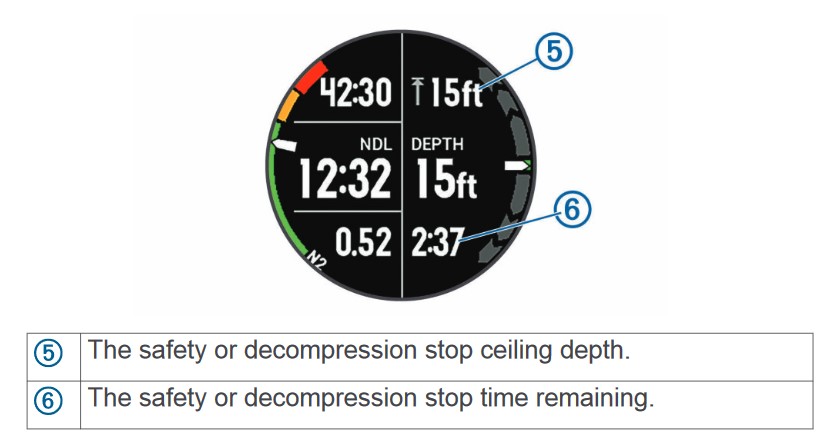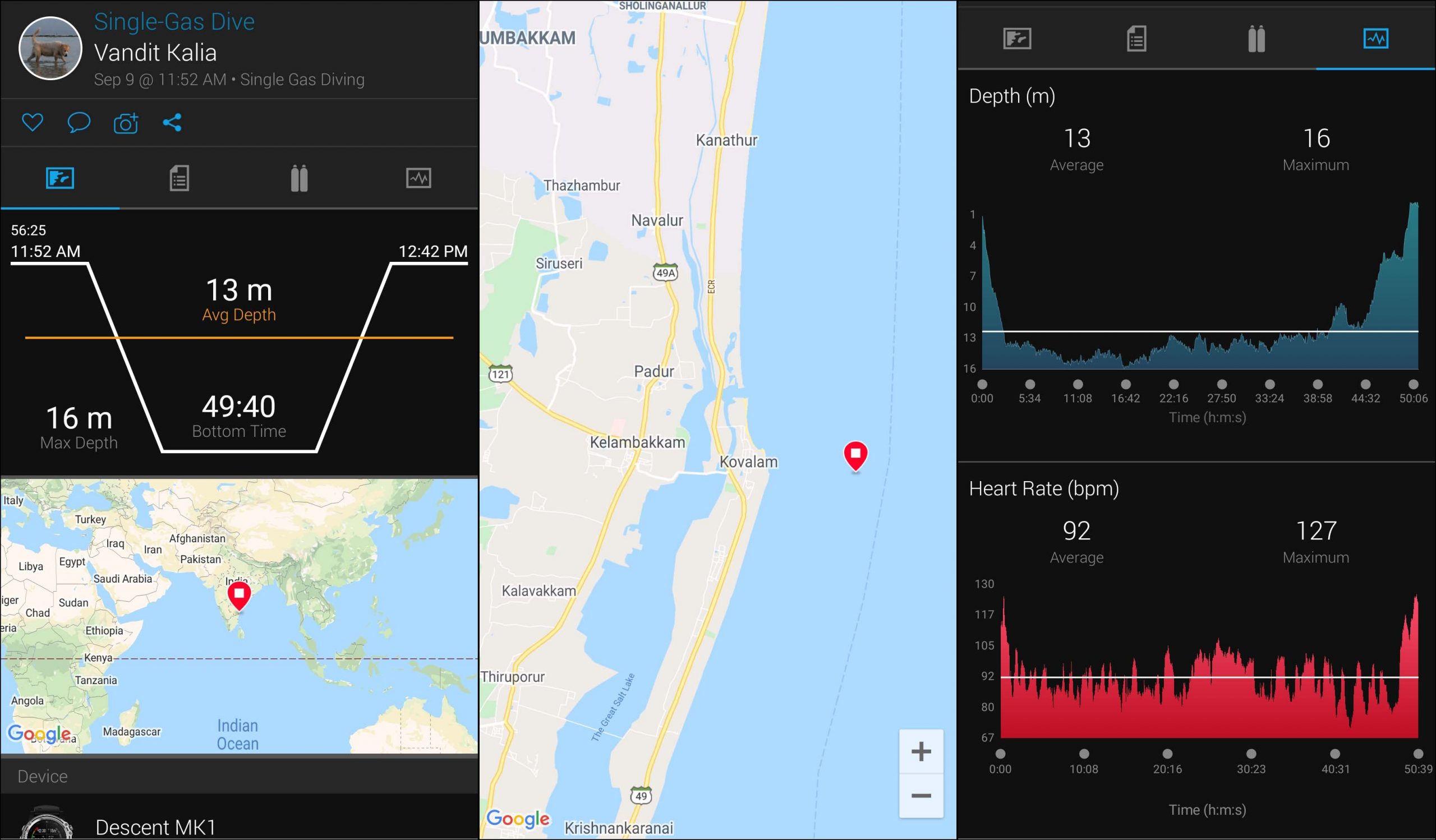PARAGON TUSA MASK – REVIEW
Tusa is a line that we started carrying recently – a Japanese brand well known for making sensible, reliable products at sensible pricing. I have also been on the look-out for a mask to replace my current one (a Mares Ultravision LS, which, while a fantastic mask, is starting to show the effect of age and abuse). My eye was caught by the Tusa Paragon masks – on seeing them, I was reminded that one of our instructors had been raving about them a couple of years ago, so I decided to look up the pricing.
And that’s where I had my first shock – these things had an MRP of Rs 15,200 for the double-pane version and Rs 16,000 for the single pane version (we sell it for a lot less, but still…). That’s over twice the price of my Ultravision, which was one of our most premium masks.
My first response was to laugh in disbelief. Had this been any other brand, I would have written this off as a halo product and moved on to something else. But this was Tusa – as grounded a brand as it gets. And I remembered our instructor and how excited he had been about this mask (it takes a lot to get a dive pro excited about gear – for most of us, these are tools and we want the product that is reliable and good value, not the fanciest/most expensive).
So rather than jump to a hasty conclusion, I decided to order one of these masks to try out for myself.
FIRST LOOK VIDEO
Let’s start by taking a look at the mask:
(Yes, I was so shocked by the price that I actually got it wrong in the video. You might say i lost my head for the bulk of the video)
QUALITY AND CONSTRUCTION
As mentioned in the video, all you need to do is look at the mask and you can tell that this is an ultra-premium, high-end product. Visually, it has a combination of aesthetics, solidity and finishing that just screams “high end”
Let’s start with the frame. Made of three materials – actual, honest-to-goodness metal, polyurethane and polycarbonate – it has a rigidity that is leagues apart from the polycarbonate frames of other masks on the market. Tusa claims this frame is designed for professional use – and that is very obvious when you hold it in your hand.
 The frame is a discreet unit, as opposed to one that has been molded together along with the skirt as a cost-saving measure.
The frame is a discreet unit, as opposed to one that has been molded together along with the skirt as a cost-saving measure.
Another area where you can see the emphasis on quality is the silicon skirt. Not all silicon is the same – thicker silicon tends to be more robust but less pliable, whereas thinner silicon tends to be more flexible (read: better able to form a seal) but also more liable to cuts. And of course, a higher grade silicon will be more flexible and/or more robust for a given thickness than cheaper silicon. One of the reasons why I am a fan of the Liquidvision silicon of Mares skirts is that it is very soft and pliable to fit well, but also robust enough to not get damaged too easily.
The Tusa silicon follows the same principle – the material is of different thickness at different places, adding robustness or flexibility where needed. It also has rolled edges, which takes the pressure off the face and improves comfort. In addition, Tusa uses varied surfaces on the silicon to add structure and stability to the overall skirt. There is obviously a lot of detail that has gone into the materials here.
![]() You can see the dots and the ridge on the silicone, meant to add structure to skirt. Also visible is the thinner layer of silicon below the nose pocket, which would contact your upper lip, just below the nose.
You can see the dots and the ridge on the silicone, meant to add structure to skirt. Also visible is the thinner layer of silicon below the nose pocket, which would contact your upper lip, just below the nose.
Lastly, even the mask strap has been contoured to take into account the curvature of the human head against which it will rest. Rather than trying to describe it, I will just borrow this graphic from Tusa that illustrates the point:
As you can see, there is a near-obsessive amount of attention being paid to details that most people would not even notice.
ERGONOMICS, COMFORT AND FIT
I tend to get very excited about small touches which improve the diver’s usage experience. With the mighty Shearwaters, it is the ability to color code the display as per your preference. With BCDs it is a sensibly-designed octo holder that allows the user to deploy it with the mouthpiece in the proper orientation. And with masks, it is swivel clips.
What these simple things do is allow you to move your strap up and down on your head without causing the mask itself to get pulled up or down. A very small touch but once that adds that extra touch of comfort that can cause the mask to “disappear” on your face. Personally, I am at the point where I simply do not buy a mask where the clips do not swivel.
 Swivel clips, which are neatly tucked in behind the frame and do not stick out.
Swivel clips, which are neatly tucked in behind the frame and do not stick out.
The mask fits very comfortably – the silicon truly is very soft and grippy, and feels very comfortable against the skin. Even the mask strap wraps the head, as opposed to feeling stretched around it, if that makes any sense. The nose pocket is large and roomy, even for my lumpy, twice-broken nose and allows a good comfortable grip on the nose for equalization.
About the only negative I can think in terms of fit and ergonomics is that it is not particularly low volume. It sits a little further from my face than the Mares Ultravision, and so will require perhaps a little more effort to clear, if you were to flood it completely. There is a reason for this, however – the sligthtly greater distance means that the frame of the mask is less likely to come in contact with the bridge of your nose, thereby increasing comfort.
Lastly, fit is a very personal issue – I personally had absolutely no issues with water coming into my mask, even when i made faces and moved my jaws around. Given the stickiness and suppleness of the silicon of this mask, it wouldn’t surprise me if this mask fit a better percentage of people than most others.
THE VIEW
And now we get to what really sets this mask apart: it is the quality of the optical lenses. Tusa calls them Crystalview and touts their light transmission and sharpness:
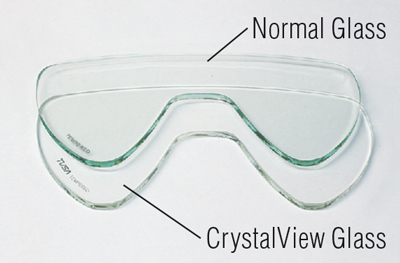 PIC courtesy Tusa and presented for illustrative reasons only
PIC courtesy Tusa and presented for illustrative reasons only
For starters, they are a lot sharper/clearer than other mask lenses that I have used and also come with an anti-reflective coating meant to improve contrast, clarity and sharpness. Tusa uses the term “Crystalview” to describe their optics – buzzwords aside, this was certainly noticeable when I did an A/B test with other masks that we had lying around the shop and tried to look at fine details in front of me. It isnt as if the Tusa Paragon lets me see more detail – but the detail is just a little crisper/sharper/brighter.
Another very under-rated plus of the mask – it comes with UV protection. That may not be so useful when you are diving, but what about the 5-10 minutes before and after each dive, when you are floating on the surface, doing a surface swim and/or waiting to get off/on the boat? As someone who is very sensitive to harsh light, this is a feature that I am definitely willing to pay for.
However, there is one downside – due to the larger volume that I spoke of in the previous section (ie, the mask sitting further away from the face), the angle of view is good but not class-leading. As its name would imply, when it comes to 2-window masks, my Mares Ultravision has a very large angle of view of approx 110 degrees and I would estimate the Tusa Paragon to have a field of view that is approx 5 degrees less (these are approximate estimates, btw).
CONCLUSION
Sooo… after all these words, what is the verdict? Is it worth it or no?
Let’s first make it clear what this mask is NOT – it is not a “value for money” mask. If you want to get the most utility per dollar, the entry level Mares Rover masks wins: you can get 6 of those for the price of this one and it will keep the water out of your eyes. Or if you want something high end but still sensibly priced, the various Mares Liquidskin models in the Rs 5000+ range offer very good comfort for less than half the price.
BUT this mask has a bunch of features that are absolutely unique in the market: optical-quality lenses. UV protection. Anti-reflective coating. Highly engineered silicone skirt for more comfort. Robust frame. High quality finishing/visual appeal that no other mask can match. Yes, we are entering the realm of diminishing returns here, but these are areas where this mask is tangibly better than the competition.
At the top end of the range of pretty much any product, it is not about getting value for money, but getting the best possible quality. And when it comes to quality, I do not know of any mask that rivals the Tusa Paragon so far.
Luckily, in this case, getting the best is relatively affordable. In my case, my gushing praise of the mask was not just for the purposes of this article: the UV protection and the super-soft silicone were compelling enough reasons for me, and I have ended up getting this mask for myself.
NOTE
We do not get paid for these reviews and our reviews represent our true beliefs about these products. Life is too short for us to push mediocre dive gear (there is a lot of other stuff that we also try out which does NOT make our review sections).
We do have these masks for sale. You can purchase them here:
Tusa Paragon
Tusa Paragon S (single lens version of this same mask)
However, before doing so, please drop us an email to check stock as our inventory system is not online yet.




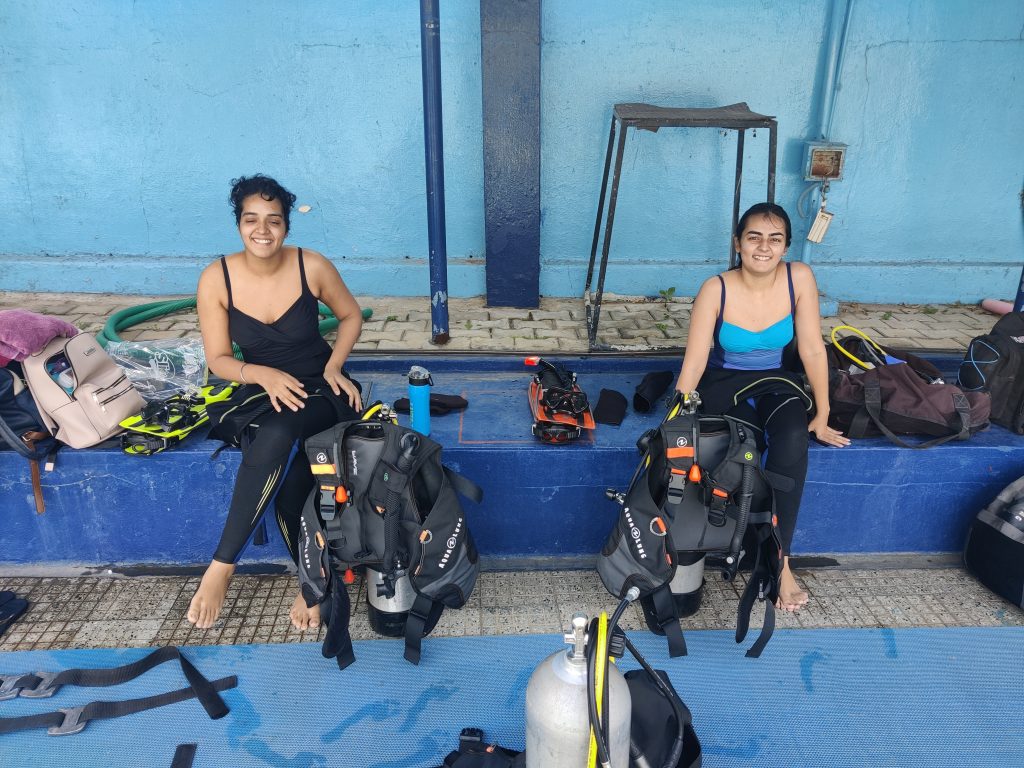


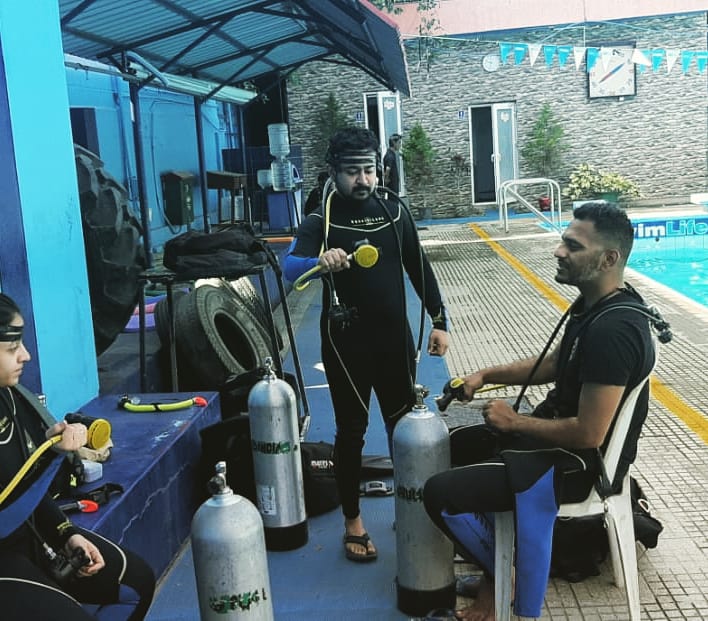

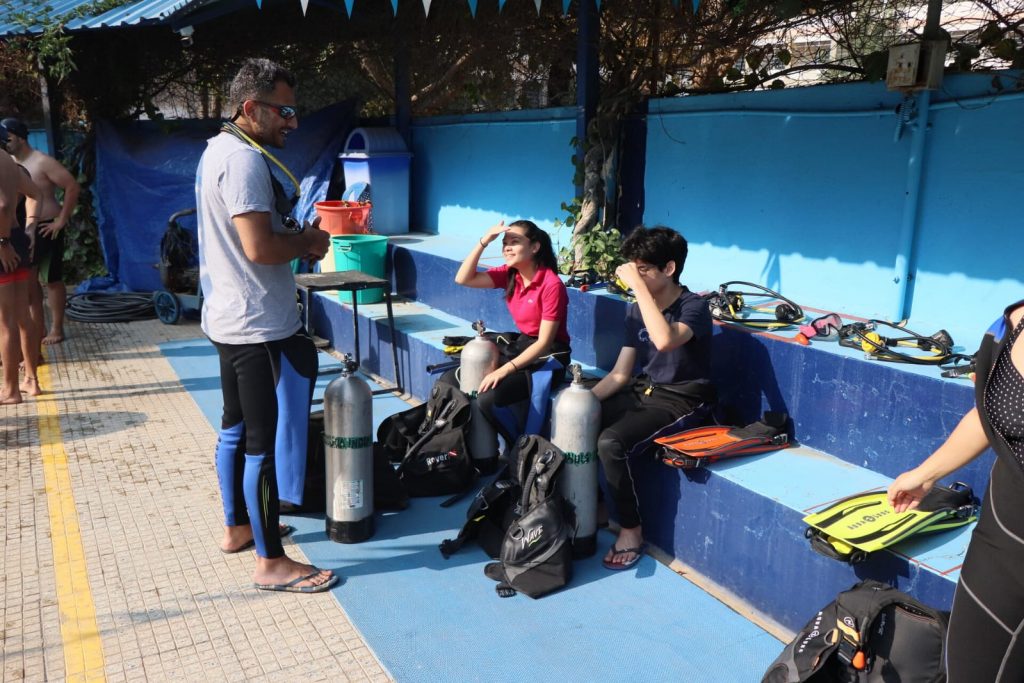
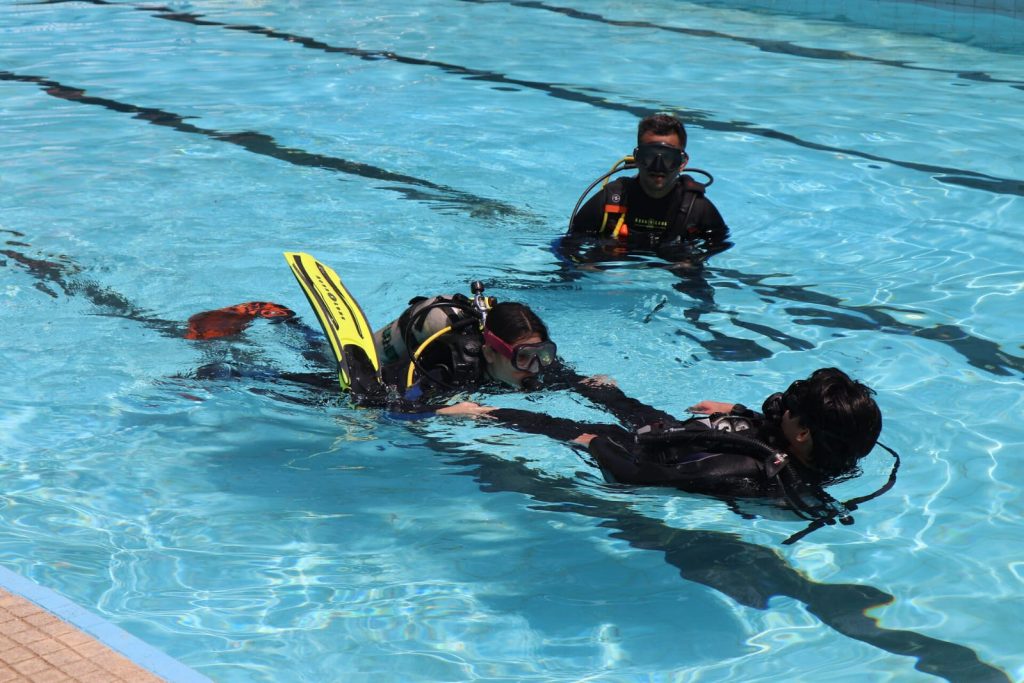
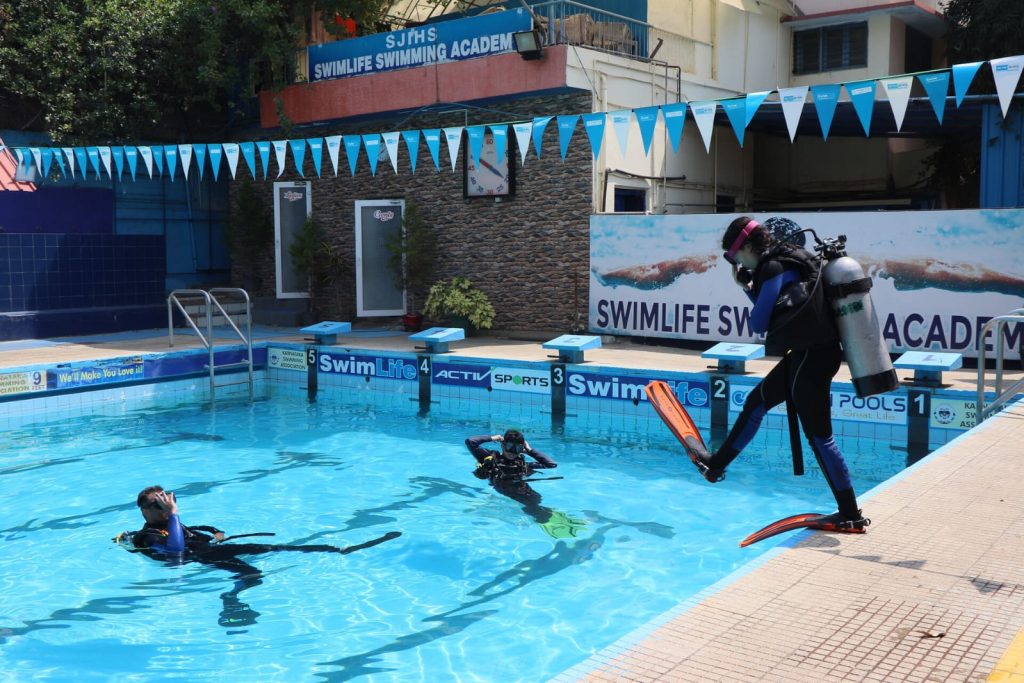
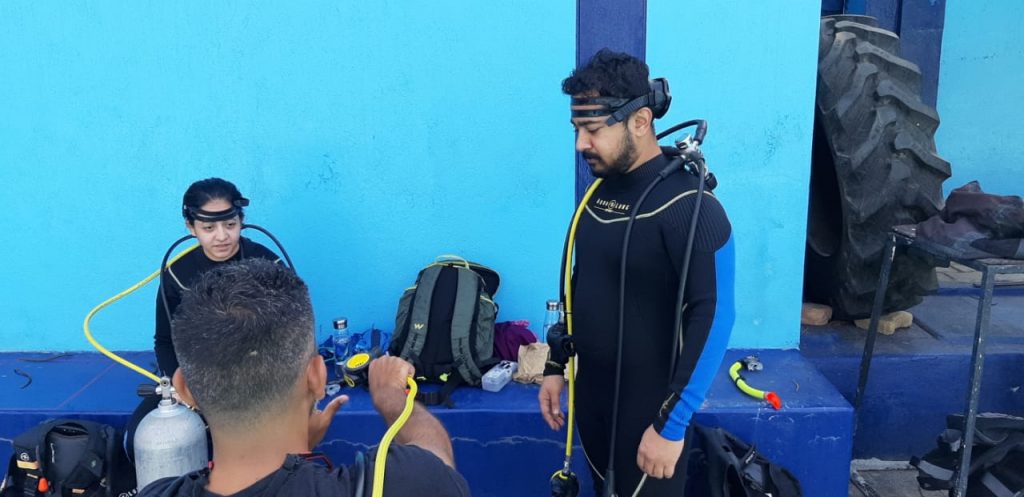






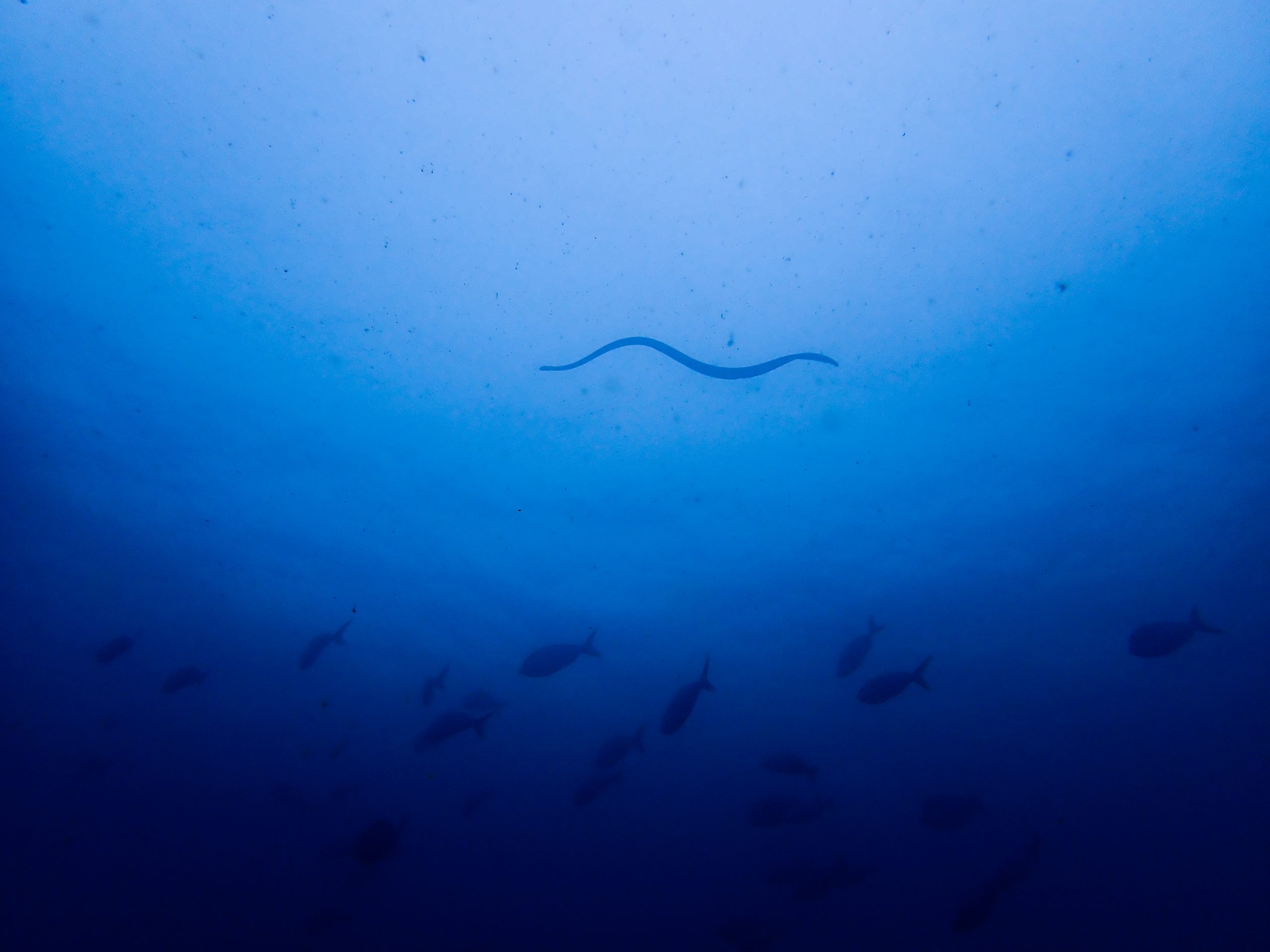

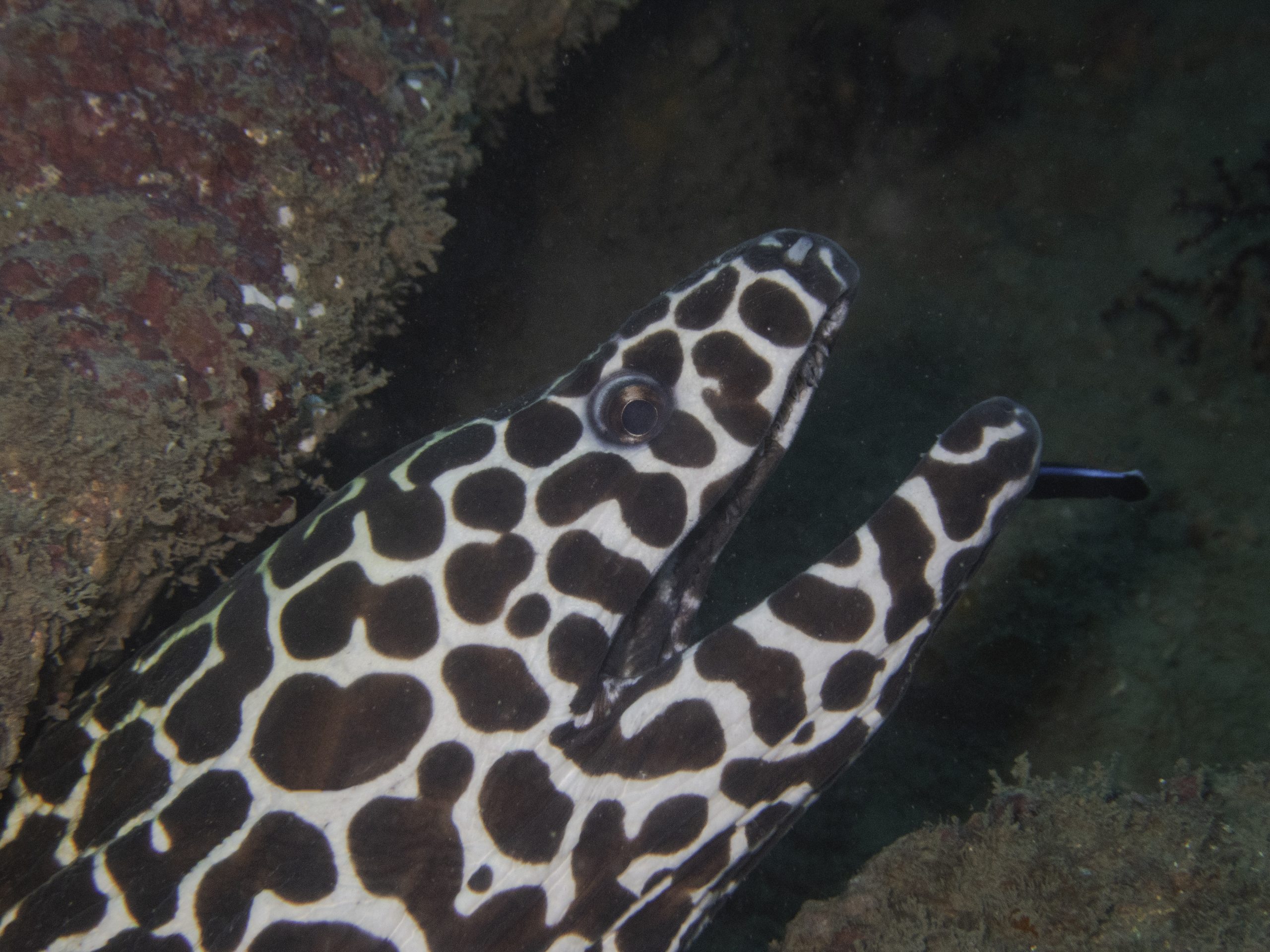

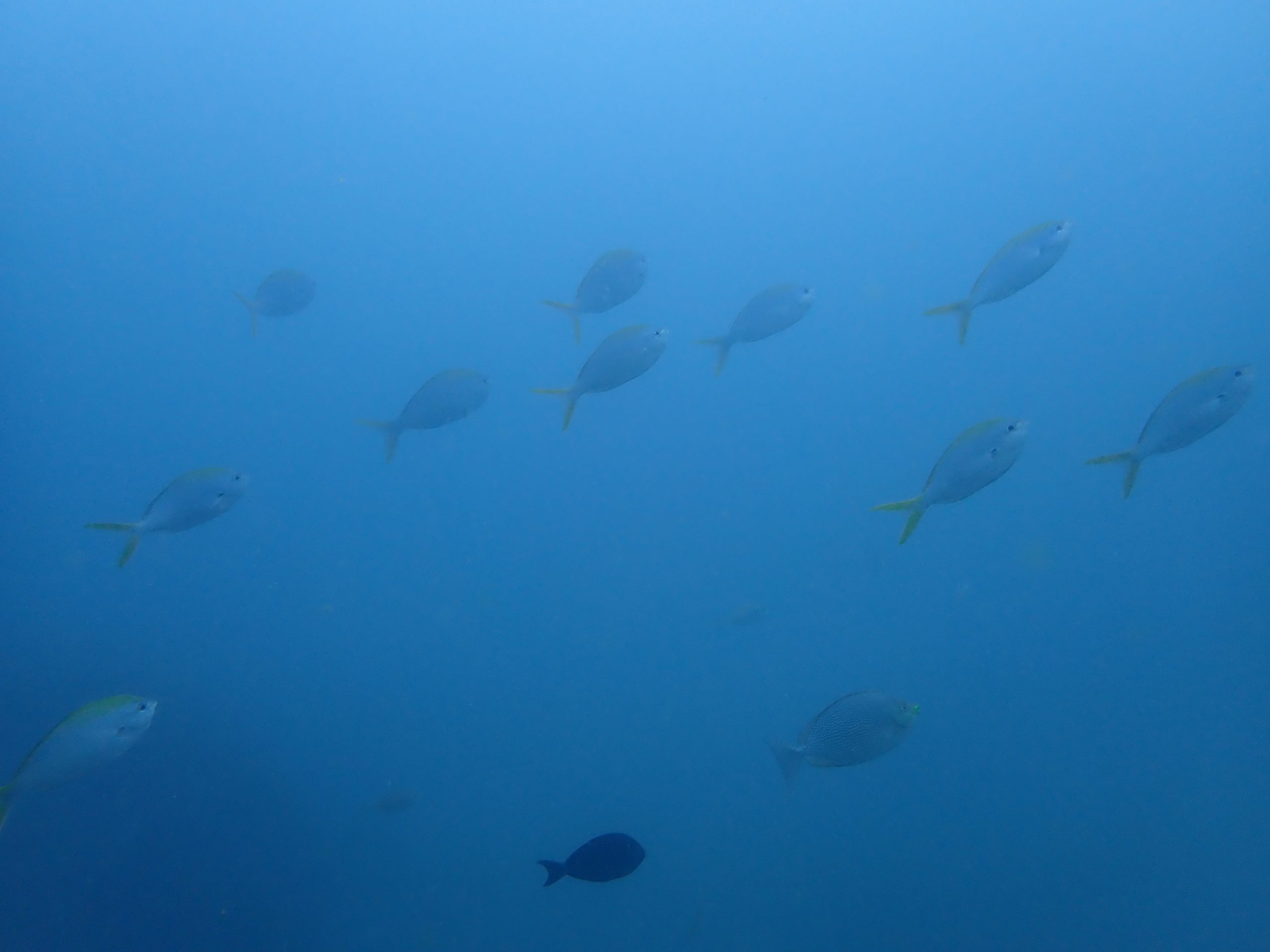







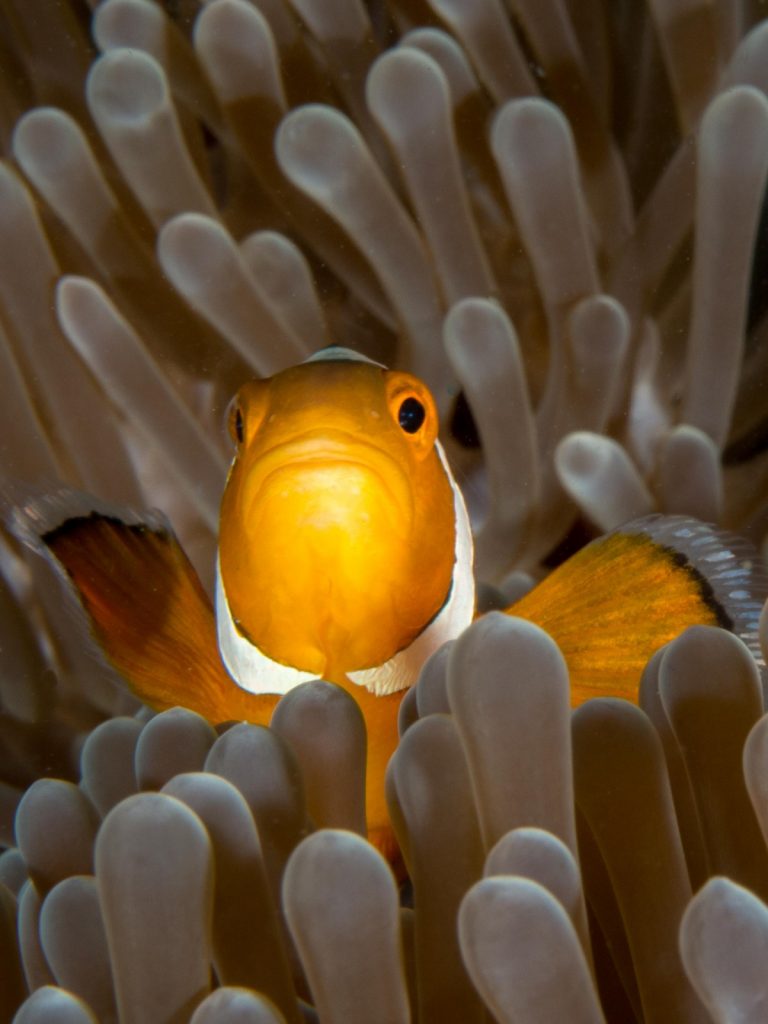
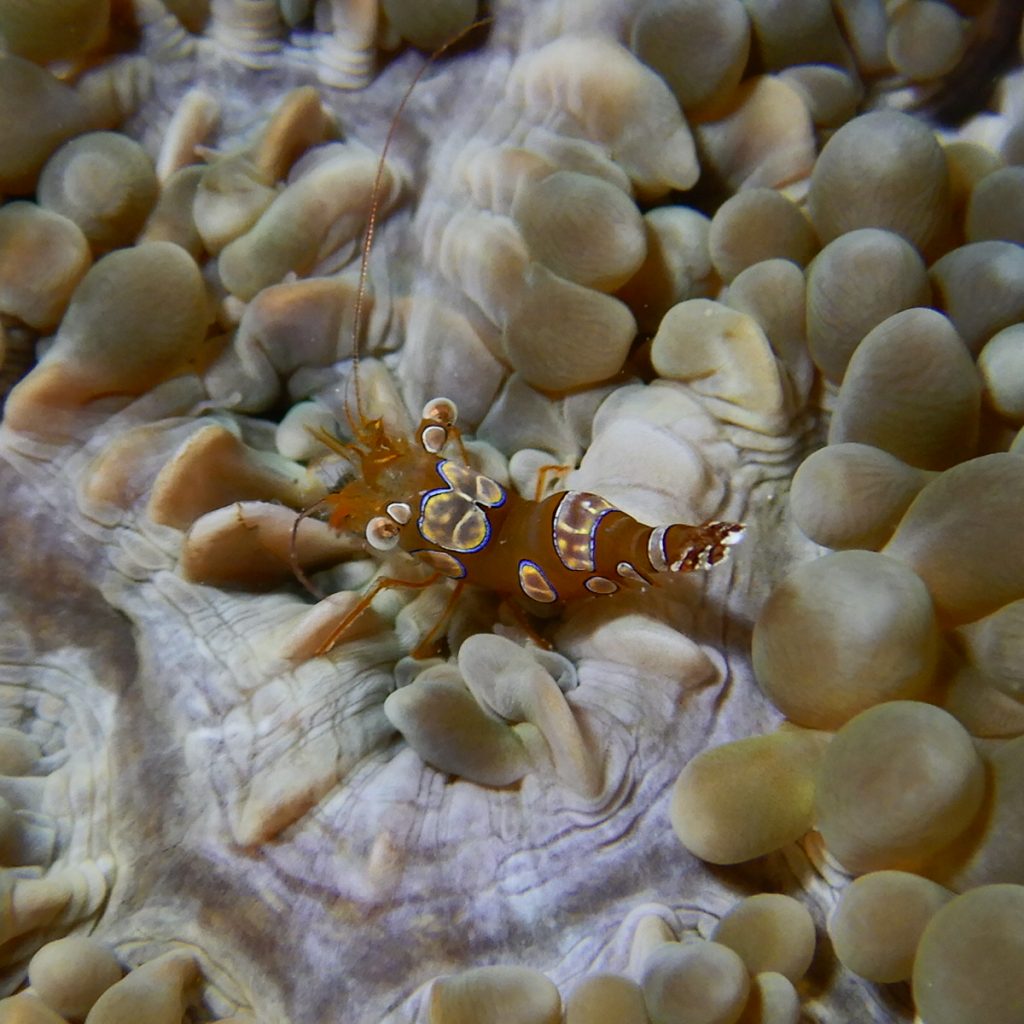
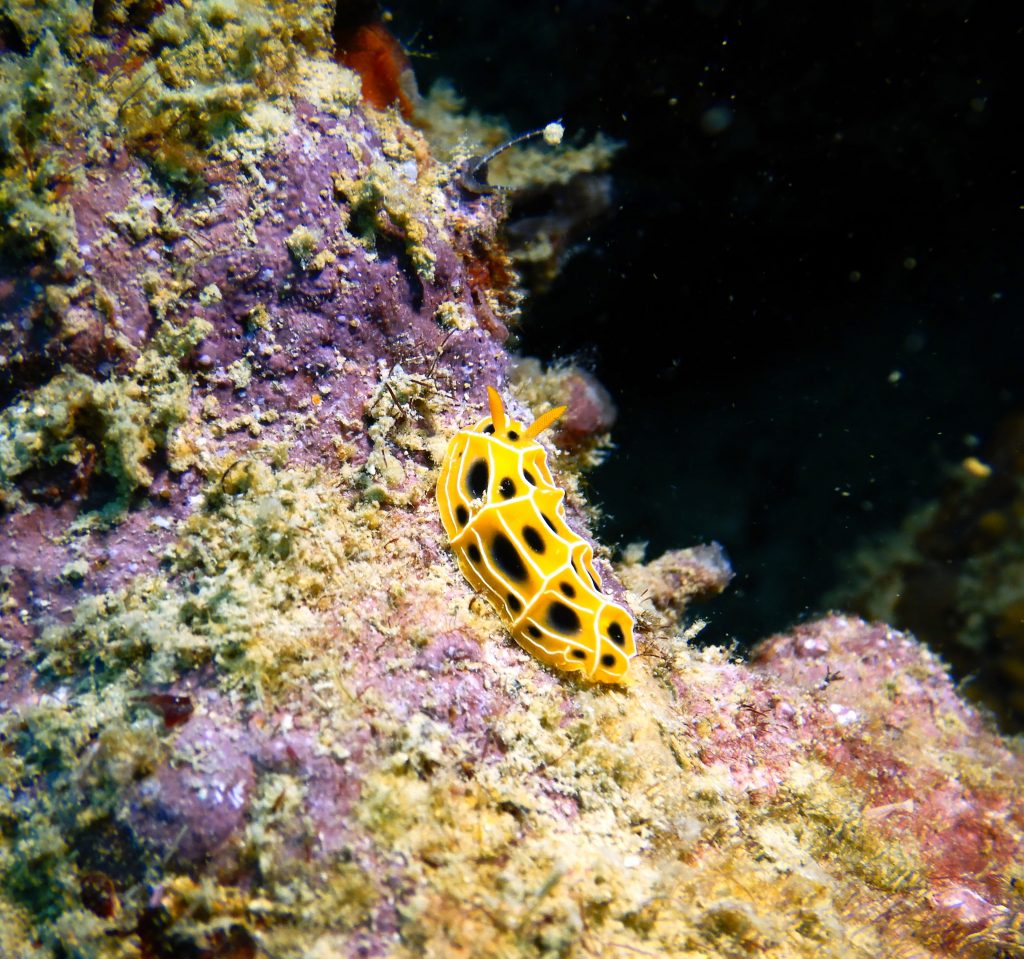






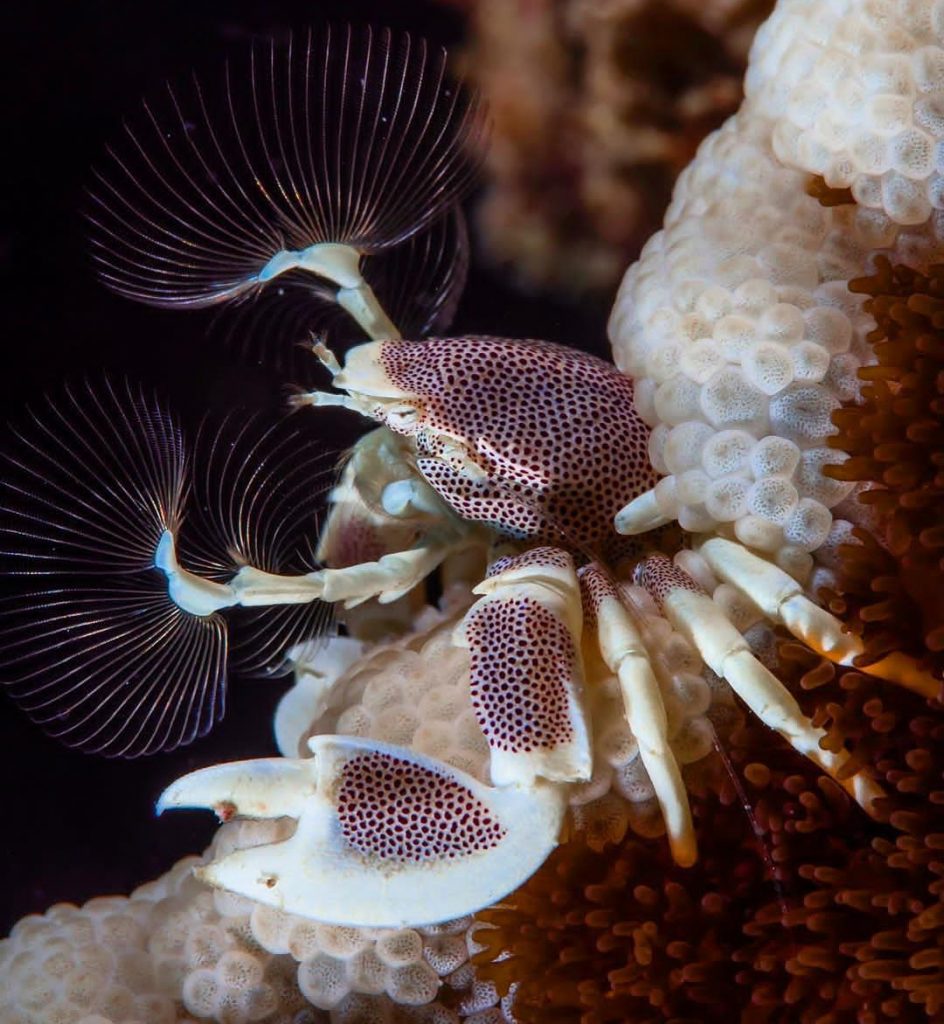

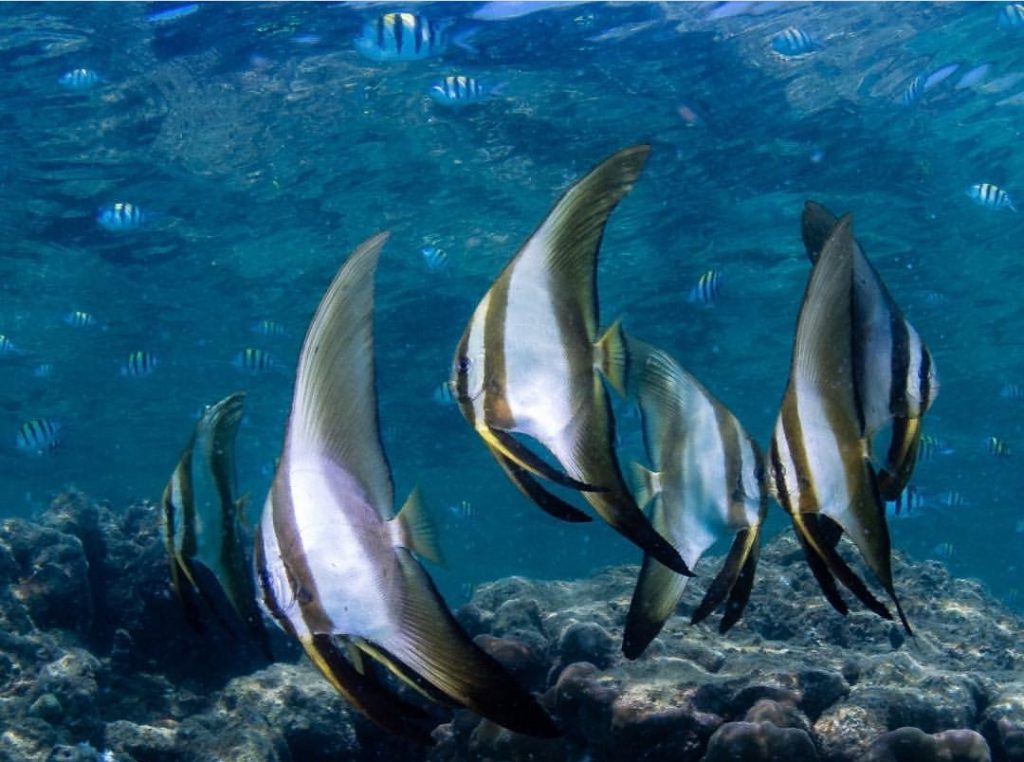


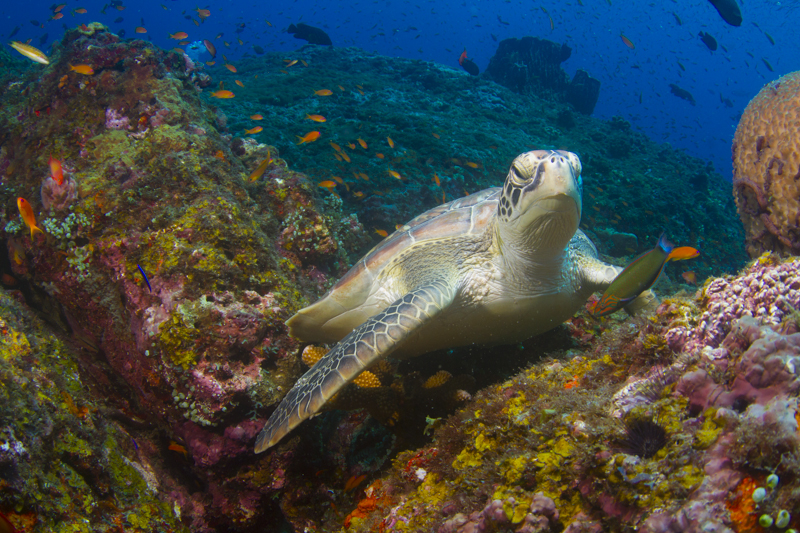

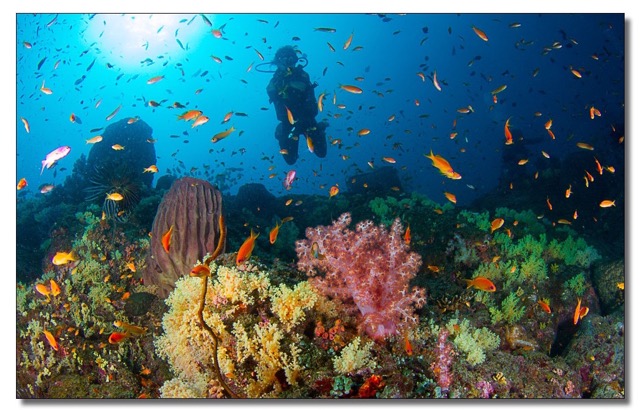
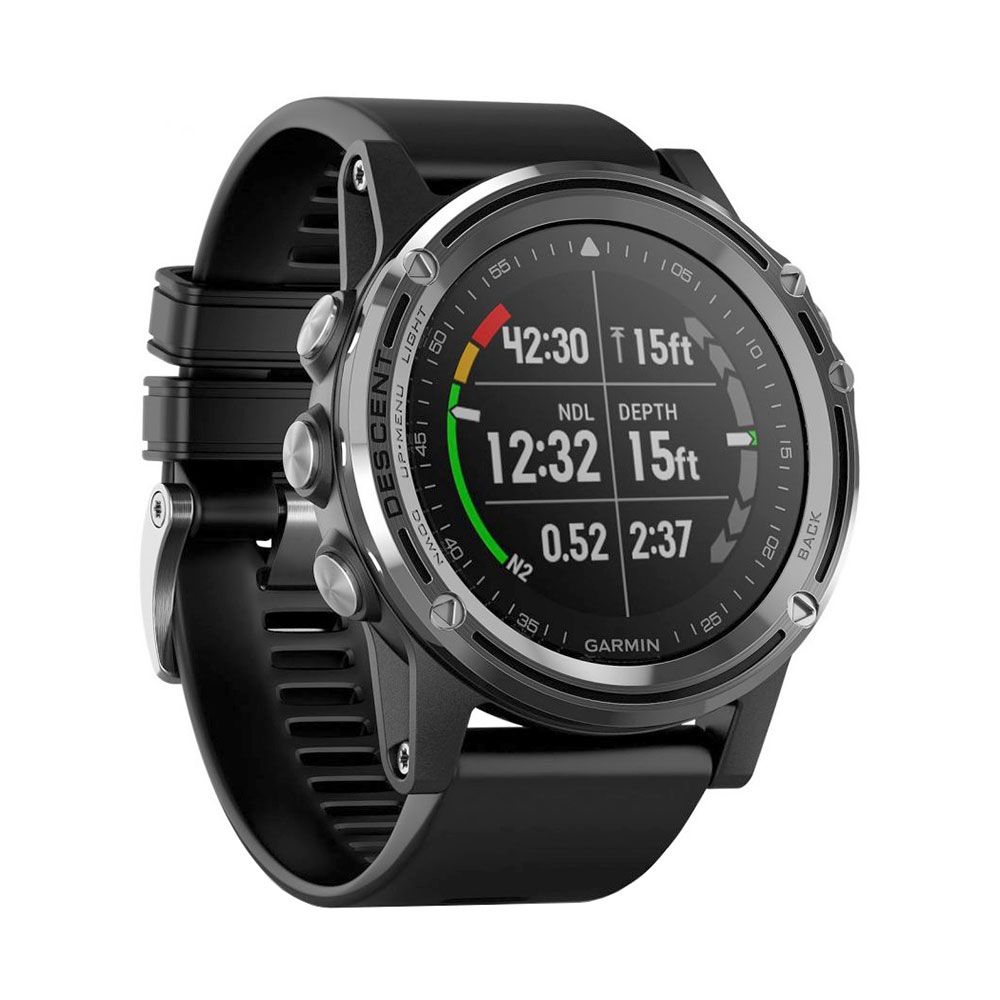

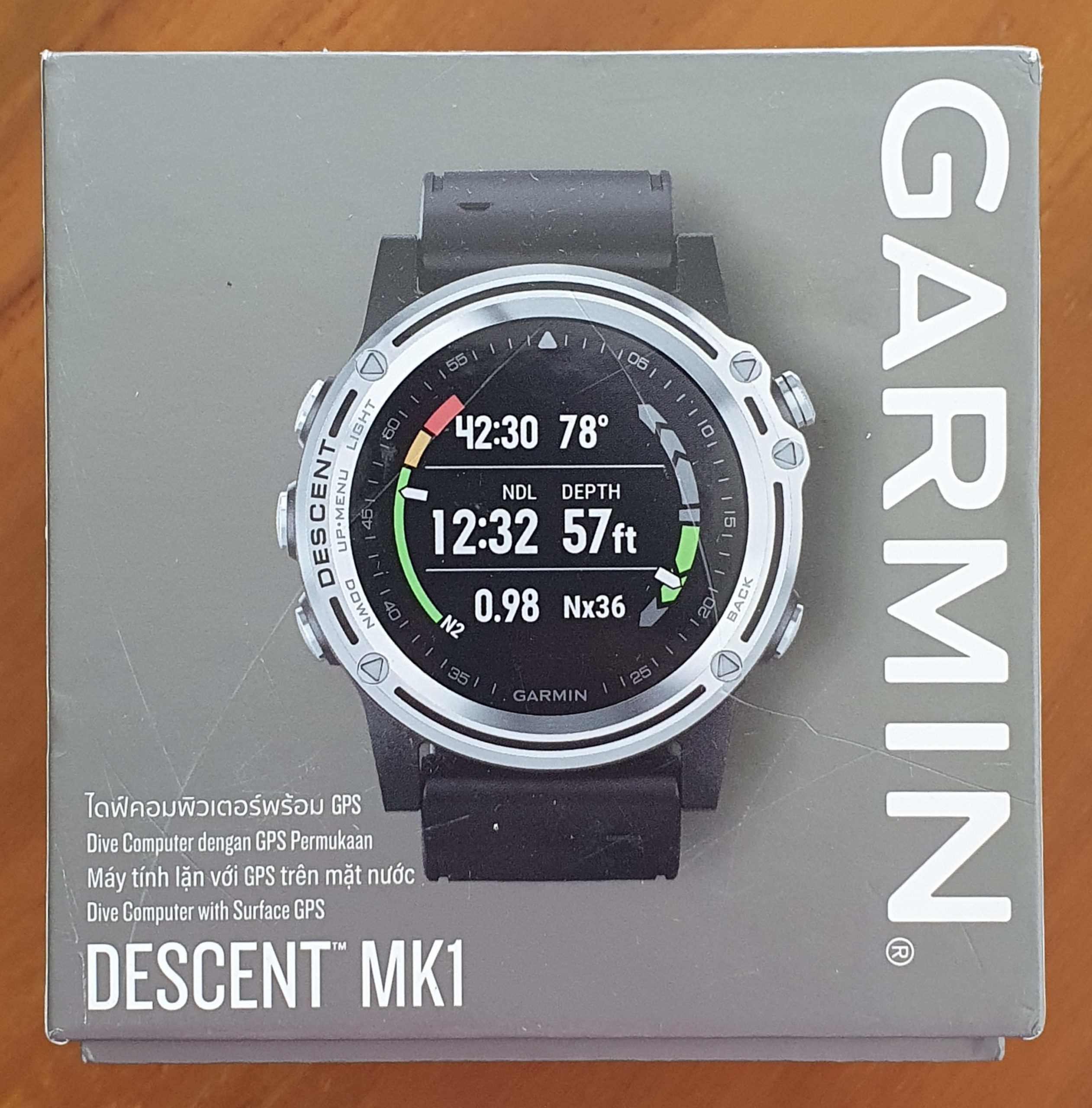


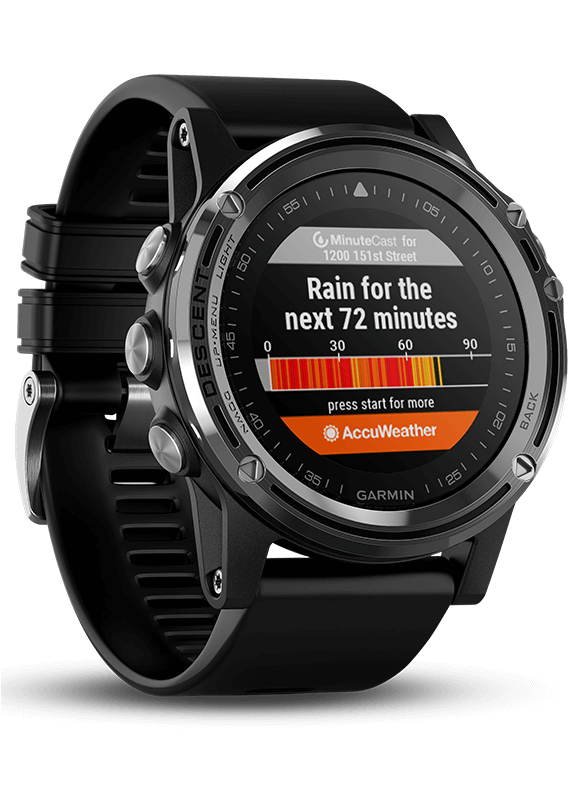
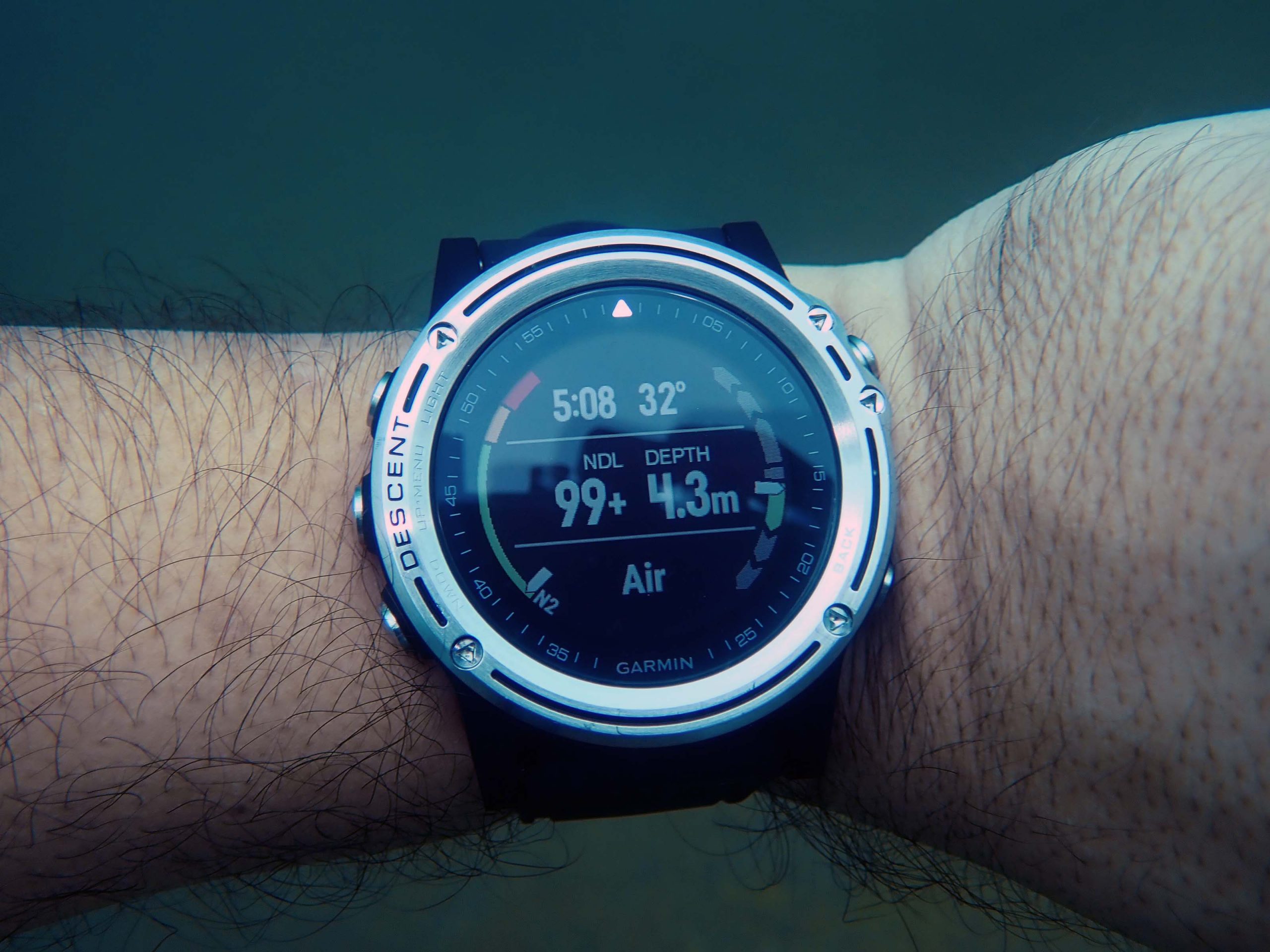 Dhruv modeling the Garmin underwater – the display is legible and easy to read even in low vis
Dhruv modeling the Garmin underwater – the display is legible and easy to read even in low vis
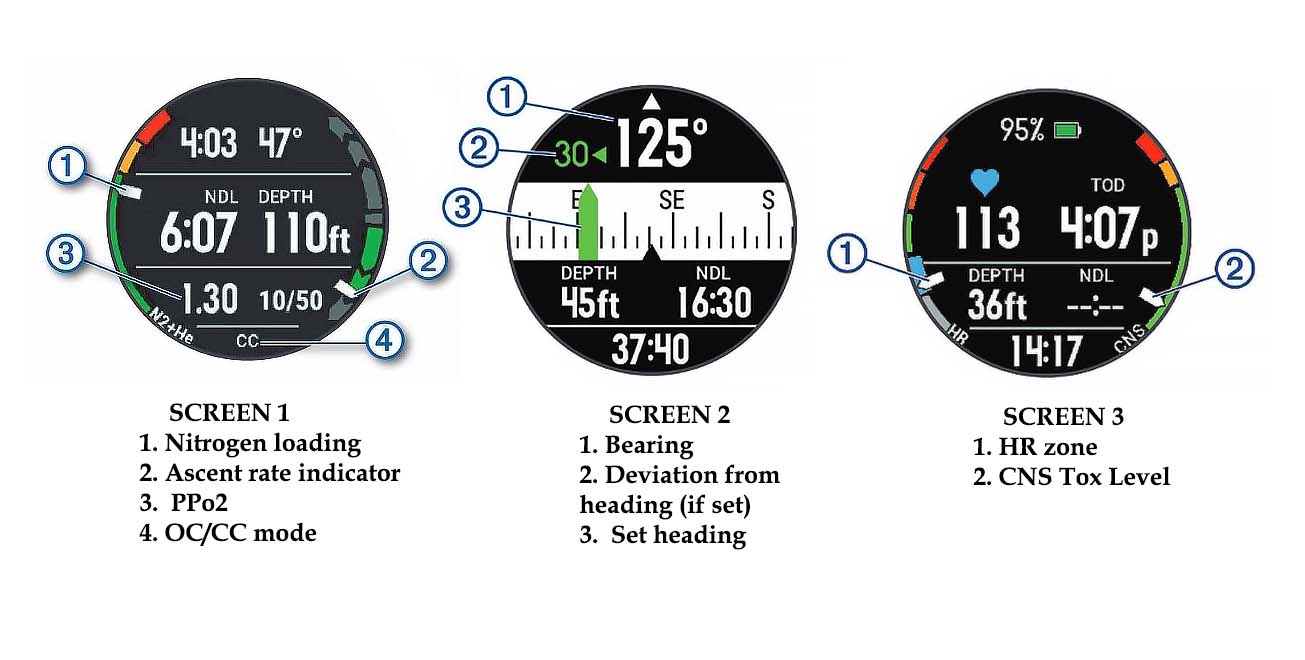 The 3 display screens of the Garmin Descent
The 3 display screens of the Garmin Descent
